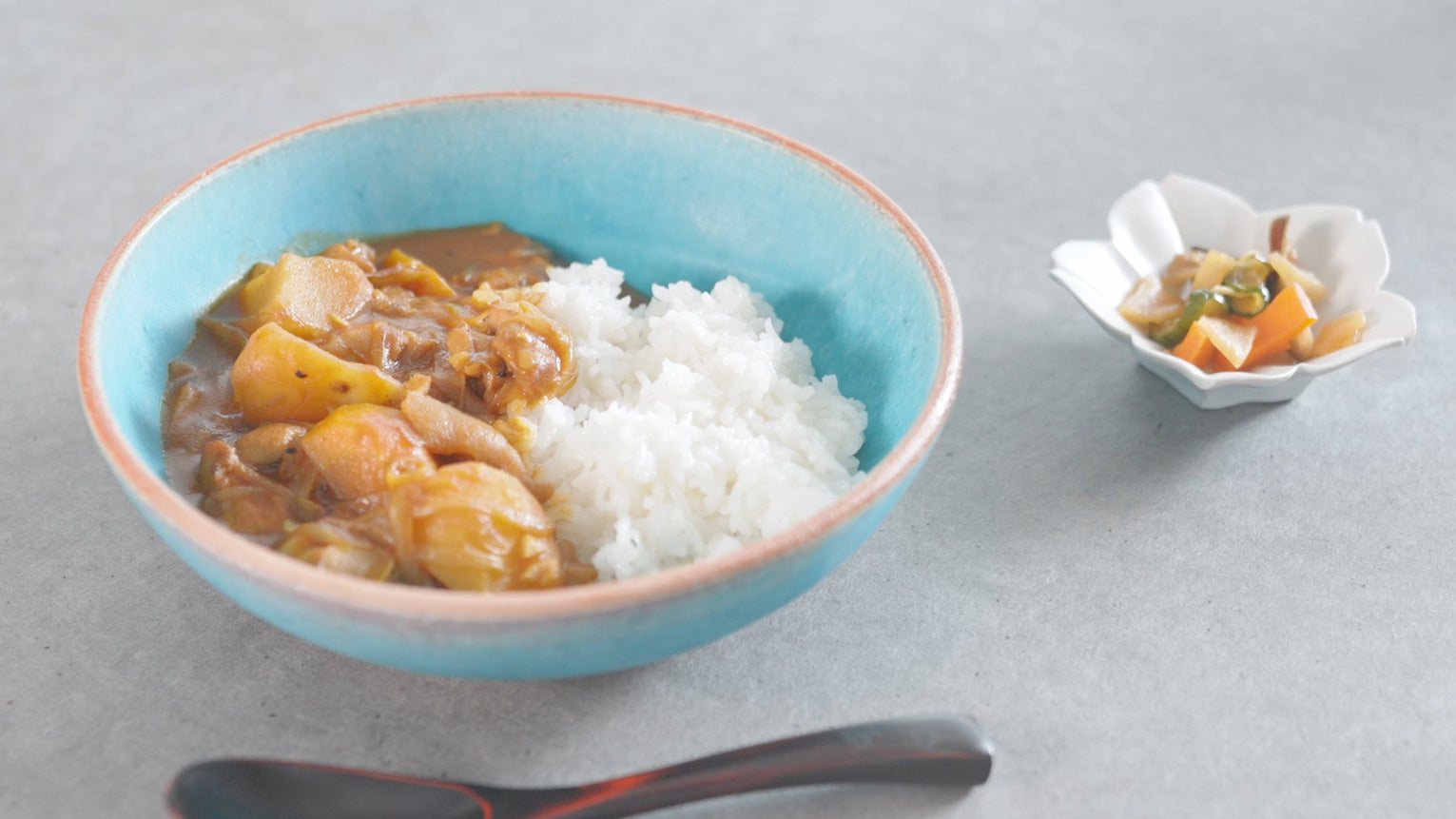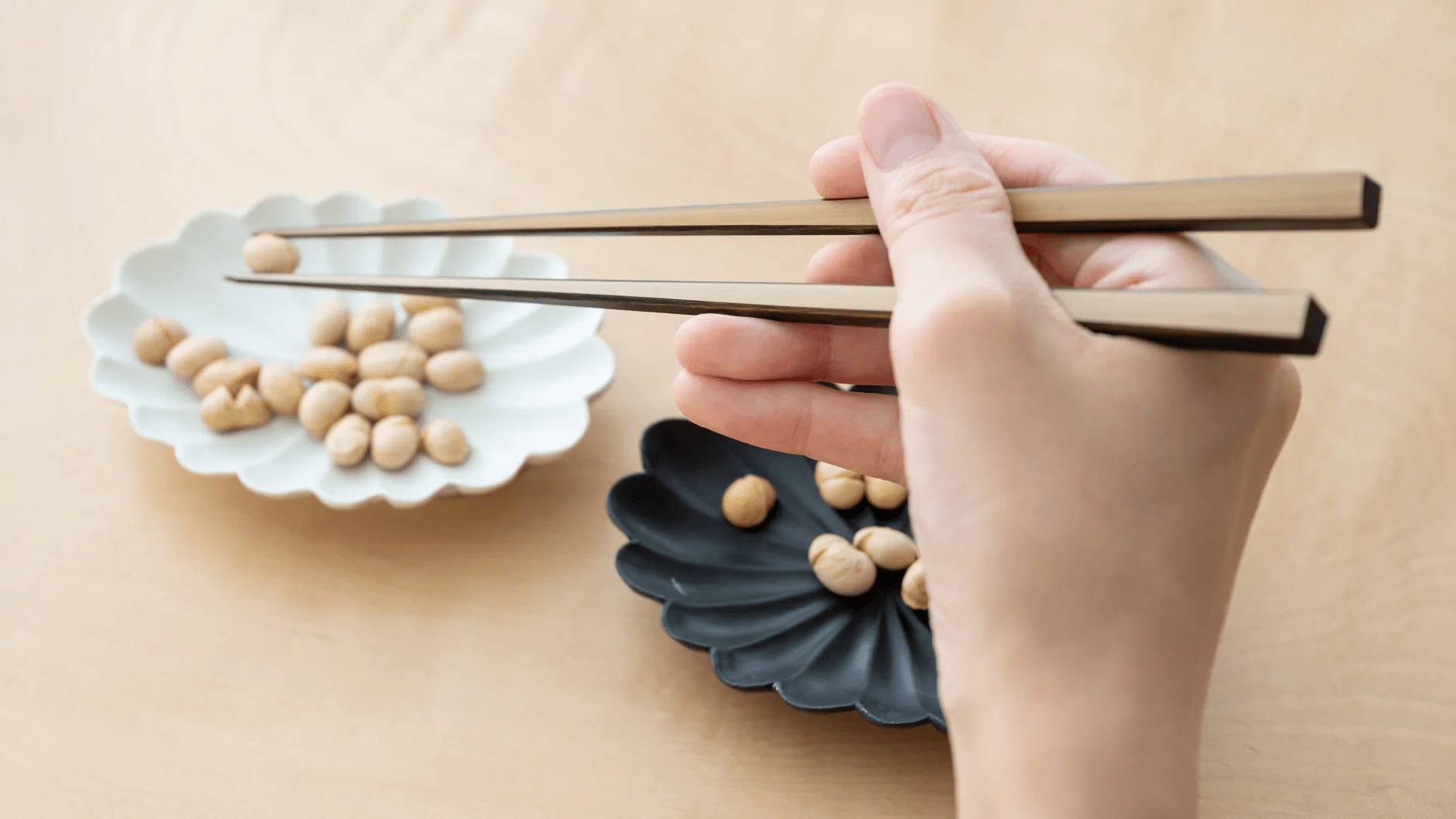
Life as Legacy: Richard Geoffroy’s IWA Reincarnation
Written by Dana Melanz
Soft-spoken and deliberate, when first meeting Richard Geoffroy there’s no way you would know this man has helped change the landscape of Japanese alcohol with his project, IWA Sake. I didn’t know what to expect, but by the end of the interview, I’d not only learned an incredible amount about the sake industry (I thought I had a decent amount of knowledge already) and his place within it, but I felt I’d made a real connection. His warmth and friendliness put me at ease.

It’s little wonder then that Geoffroy’s adult life began with attending medical school—explained as an act of rebellion for someone from a long line of winemakers, yet selfless at its core. A gentle nature emanates from him as he slowly sinks into the armchair sitting across from me, and, as we speak, it comes to light that his passion, his drive for IWA 5, is not unlike what pushes people into medicine. Although the medical industry and liquor may now seem at odds with one another, the path and end result are actually quite aligned: engaging in experiments and science that create a positive experience.
While he says that IWA 5 is his “third life”, the first being medical school and the second being his tenure at prestigious winemaker Dom Pérignon, there is a thread that emerges throughout the conversation to connect all three: Richard Geoffroy dedicates himself to serving others. We sat down with him here at MUSUBI KILN Headquarters to pull that thread.
table of contents
The Organic and the Scientific
“I come from the land,” Geoffroy said, “and those roots are so strong that I can bring it to projects way outside my place of origin.”
It was those strong roots that originally compelled him to explore a career outside of his family’s wine estate—medicine—but those very same roots inevitably called him back into winemaking. The medicinal deviation wasn’t without merit, however: “Medicine is very important in my whole career. It has been so inspiring, and such an understanding of the organic, of living matters.”

I then ask if what he learned in medical school has changed his approach to winemaking at all, especially when taking into consideration that liquor has historically been used as medicine up until very recently. “You know, when making sake, it’s really all about the organic,” he replied, “Neither medicine nor sake brewing are exact sciences, there is really an element of empirical [science], so medicine actually has been helping me in this field, I think… the instincts are so important.”

Despite his strong scientific background, Geoffroy describes himself, “in all humility,” he adds, as a creative guy. And much in the same way that his strong familial background sent him into an act of rebellion, his move out of wine was perhaps propelled by similar reasons. He felt restricted in his creativity because of the terroir, the French term for the environmental factors that affect grape crops. “It’s got too many restraints for my liking,” and so moving into sake was an instinctive move. As he saw it, the world of sake allows more latitude and freedom, and many more options.
“I suspect many people are not necessarily making full use of that freedom… that has been my major motivation.” Where the terroir allows finite results that are largely out of the winemakers’ control, Geoffroy was drawn to what he believed was a whole new world of experimentation available to him in the sake industry.
Enjoying the Experimentation
The challenges that come with experimentation are all part of the fun for Geoffroy. “If you were to leave grapes on a bench, they would ferment. It would be lousy, but it would be wine. If you leave rice on a bench, very little will happen. There is a major art of transformation… and it’s so Japanese to work against the odds and transform that solid grain into liquid.” While the two processes are different, he says that the creators of both universally believe in balance.
“Blending is blending, you know, making it into something harmonious and complex.” But he also sees IWA as a balancing act between Japan and beyond Japan. “It’s really about achieving more presence on the palate, more mouthfeel, more depth, more length.” I recall our tour of the sake brewery, where our guide, Mathieu, explained that sake is traditionally enjoyed for its sharp dropoff in the mouth, often serving as a palate cleanser. Geoffroy’s goal is to create a sake that acts more as a wine, sticking around to mingle with the flavors of its culinary companion—striking me as yet another idea of collaboration from the master’s mind.

To achieve his goal, Geoffroy has pioneered the inclusion of assemblage, a distinctly wine-centric activity, into the sake brewing process. “In winemaking, most people blending explain that they want to project themselves into the final expression after a long enough period of maturation. I confess that I’m not projecting… here in my sixth year of blending, I realize that my approach… making it instantly good in the end makes it really age-worthy.”
“The thing that I’m still trying to figure out is the lifespan [of the sake]. At what point does it peak off? You know what, I don’t know because I cannot benchmark anything. What we are doing is different enough to anything existing in Japan. The only way to know is wait.” Meaning, there’s no way to know when the assemblage has aged long enough—but I enjoyed our tasting at the sake brewery so much I immediately bought two bottles, so these experiments have succeeded, at least in my estimation.
This love of experimentation seems to speak to his scientific background, I mention to him. “I am a great believer in experimentation,” he replies, lighting up. He says that global warming is affecting the wine industry, whose processes are so strict and rigid due to tradition and legacy that the path forward is growing narrow. As he mentioned before, he sees infinite potential with sake brewing, and it seems that IWA is the perfect platform for his creative ideas to take shape.
The Way of IWA
Outside of the innovative brewing and assemblage technique, one of the most intriguing parts of IWA Sake is that it’s essentially a community of creatives coming together to produce a unique experience. Two names that frequently appear around news featuring IWA are architect Kuma Kengo and industrial designer Marc Newson—both celebrated and prolific in their own right like Geoffroy. “I cannot envision the project without the talent from a group of people I would call family,” Geoffroy said. “I’ve known them in excess of 20 years so it was such a natural move. Anyone in collaboration with IWA is in for a good reason.”

Like Masuda Ryuichiro, the fifth-generation owner of Masuda Sake Brewery? “In retrospect, he was the only person I could partner with… He’s curious, open to the world, experimental, and always going after collaboration.” Masuda-san was instrumental in getting IWA off the ground in terms of licenses, permits, and even his ties to the city to recruit local staff.
And that connection to Toyama via Masuda has been imperative to the success of IWA, Geoffroy said. “Maybe people would have been more reluctant, but in Toyama people have been welcoming us with open arms. Toyama is a very entrepreneurial city.” With the opening of IWA, as well as other programs and campaigns set forth by the Toyama government, it’s becoming more of a destination for visitors.

With that growth in mind, Geoffroy says he makes IWA not just for the wine drinkers or the sake purists, but both at once. And once the wine drinkers are onboard, they will influence the non-wine and non-sake drinkers, he surmises. “My pride at the moment is that [IWA] can go outside Japanese cuisine. It pairs so easily with all cuisines.” Indeed, he continues, IWA’s current sales audience is split in half, Japanese and non-Japanese, a feat which has not been achieved before.
This success is the truest representation of the ambition that Geoffroy has to truly open the world of sake up to the world at large. Right now IWA’s production is in limited quantities, but he says he wants to grow it as the years go on. Asked if he might expand into other traditional liquors, he pauses. “In theory, I could. The universal practices could apply to other productions. I’m really too busy… but it would be foolish to say never. I’ve lived three lives, I’m only 70.”
As mentioned, Team Musubi was able to participate in a tasting of Assemblage 2 and 4 as part of our tour of Shiraiwa, the company’s sake brewery near Tateyama. I mentioned in passing that I was surprised at how different they were. Even among wine vintages, you can often anticipate what you’re going to get when you purchase from a vineyard you know. Geoffroy’s answer was simple: “I wanted to bring more excitement to sake.” Making every Assemblage different builds hype around the next one; they are celebrated as individuals as opposed to something expected of IWA 5. Indeed, it is the sense of the unexpected that is becoming expected of IWA 5, yet another aspect in which Geoffroy’s experiments are seeing positive results.

He encourages people who are curious about IWA, and even sake as a whole, to experiment as well. Experiment with temperatures, experiment with food, see how the flavors change due to the elements you choose. Find what you like best for one sake, then see if it enhances the experience of another. And as a pro tip from the man who makes it: Geoffroy recommends drinking IWA 5 one ochoko at a time. You can drink it directly from the sake cup, but if you pour out just an ochoko’s worth, then transfer it into a wine glass, that’s the way to get the most out of its truly incredible flavor, no matter the Assemblage.
To end on an uncharacteristically sentimental note, I hope this journey has inspired you to never stop experimenting. It certainly has inspired me.








Leave a comment
This site is protected by hCaptcha and the hCaptcha Privacy Policy and Terms of Service apply.